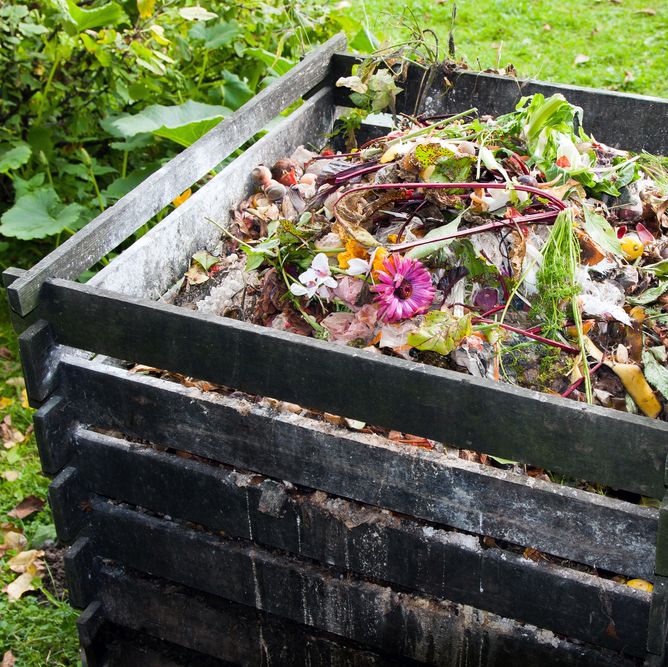Succession Planting
To Extend Your Growing Season
There are many different styles and functions for gardening, but if you are someone who likes to garden for the purpose of growing vegetables for your kitchen, you may face a particular challenge. Plant all of your seeds at once and a couple of months down the road you'll end up with a giant harvest, more than you can reasonably eat before the plants start growing beyond their peak maturity. It's inefficient and can result in a lot of unnecessary waste. There is a better way. How do extend your harvesting season and produce a continual succession of harvestable produce?
What is succession planting?
The practice of succession planting is a way of of staggering your planting so that your plants will reach maturity on a staggered schedule. The results are having a steady production of vegetables and saving space by replacing old plants with new ones throughout the season. There are a few different methods for succession planting and the timing will vary between different vegetable varieties, but the basics are simple.
1. Pull Some, Plant Some
This is the simplest rule of thumb for succession planting. Simply put, when one plant is done producing vegetables and you've harvested them at their peak, pull up the plant and use the same spot to plant a new seed.
What are the advantages?
Firstly, you'll notice that this an incredible space saving technique as you can re-use sowing spots multiple times throughout a season. Some gardeners effectively double their seasonal yield per square foot this way.
Secondly, re-using a planting space is beneficial because the soil will already be conditioned for growth when you plant in the new seed, maintaining the bustling microbial environment without requiring soil amendment for each new planting.
2. Compost The Old Plants
When you uproot the old, succeeded plants, they can continue to serve a productive purpose for your garden.
Keep a pile of your trimmings in a bin just as a way to keep them all in one place. You may need to break down your waste to help give it a head start. Yard waste composts most efficiently when broken down into smaller pieces. This can cut down your composting time from a full year down to being a 4-6 month process.
The Mix
Of the utmost importance for maintaining a balanced composition for your compost is mixing both browns and greens into the mix. A general rule of thumb for a good mix is about two-thirds browns mixed with one-third greens. You'll know you have too many greens if your compost mixture is slimy. You'll know you have too many browns if your pile just sits there (this signifies a lack of nitrogen to get the pile churning).
3. Sow The Right Crops
What kinds of plants are most suitable for succession planting?
For crops with short growing seasons, you can use the succession planting technique to replant a space with a later season crop. For instance, when your Radishes pass their maturity and their growing season comes to an end, you can transition those spaces into Broccoli.
The most successful vegetable varieties for succession planting include: arugula, basil, beans, beets, broccoli raab, carrots, cilantro, dill, green onions, kale, kohlrabi, lettuce, bok choi, radish, spinach, swiss chard and turnips.
Want to get started? We curated our very own collection of seeds and Plantlings best suited for succession gardening.
4. Follow A Timeline
Every vegetable has it's own maturity timeline. When succession planting, it may seem intuitive to know when a plant has passed maturity and is ready to be replaced, but it is still very valuable to have some hard numbers on it.
We are sharing with you a short and sweet schedule from theprudentgarden.com which you can use to map out up to four successive plantings for all kinds of vegetables.
Want to get started?
Check out our selection of Plantlings and seeds that are perfect for succession planting in your garden:
HAPPY GARDENING!
- Ferry Morse






